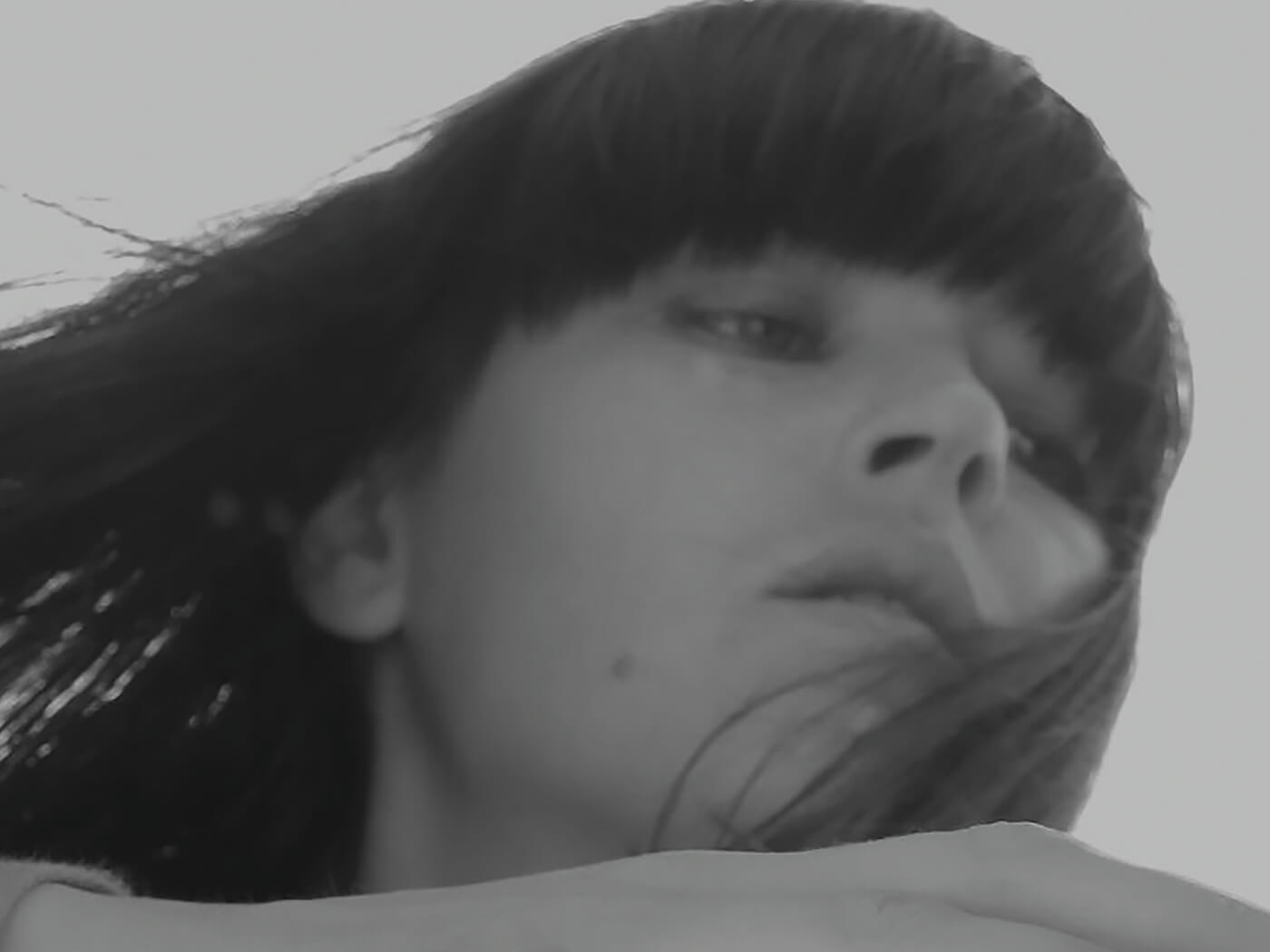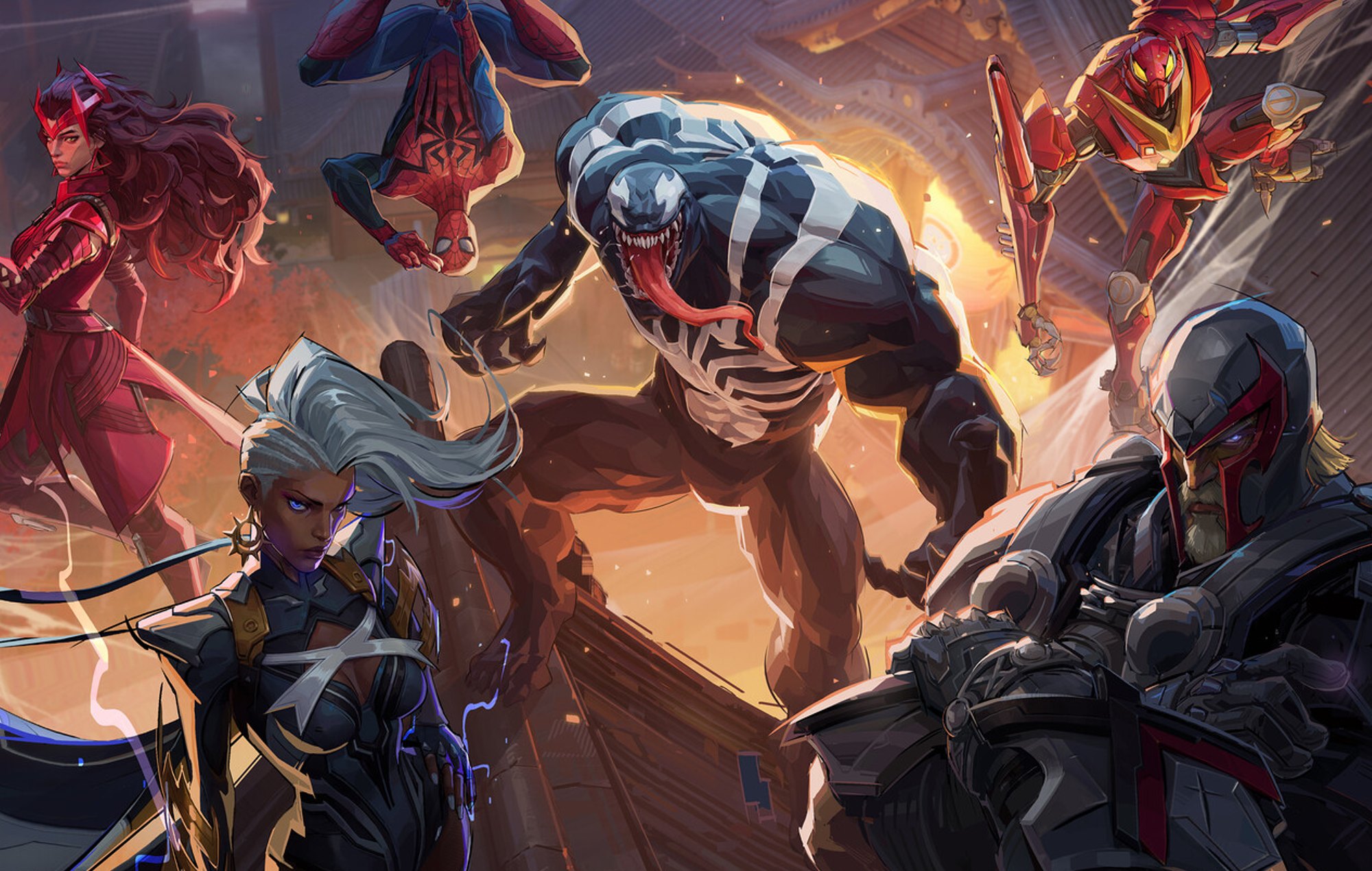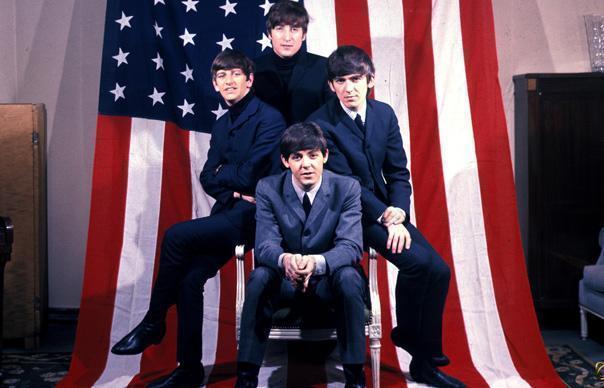
From their earliest singles – a trilogy of beautiful EPs from 1996, compiled on the following year’s Work & Non-Work collection – Birmingham’s Broadcast, a group built around musical and romantic partners Trish Keenan and James Cargill, were voracious explorers and collectors, monstering a bric-à-brac soundworld out of constituent elements: Czechoslovakian new wave film; Italian library music; rural pop psychedelia; academic electronics. Keenan and Cargill knew well that the best music often hides in popular culture’s shadows, hence the significance, also, of the tour-only releases and radio sessions collected and/or reissued on these three sets. Taken together, they’re an object lesson in what can be achieved when pop’s sensuality meets the abandon of experiment.
- ORDER NOW: Kate Bush is on the cover in the latest issue of Uncut
Perhaps the biggest pleasure of the Maida Vale Sessions is its reminder that Broadcast were fully formed from the get-go. Two sessions from their first phase – a late-1996 Peel Session and a 1997 Evening Session – present Broadcast as a new group building complex pop architectures, featuring lovely songs of longing like “The Note (Message From Home)” and “Look Outside”, the previously unreleased “Forget Every Time”, and an early, bravura take on “Come On Let’s Go”. A second Peel Session, from 2000, has Broadcast exploring the darker terrain of their debut album, The Noise Made By People, highlighted by a heart-stopping “Echo’s Answer”, a hymn to disappearance that’s suspended, uncertainly, in the half-light.
A final Peel Session, from 2003, hinges on the sparkling surfaces of that year’s Ha-Ha Sound; here, however, it’s a throbbing cover of Nico’s “Sixty/Forty” that startles, with guitars overcharged and clanging. That session also offers a nice through-line to the two volumes of Microtronics, originally released as limited-edition 3” CDs in 2003 and 2006, respectively. Originally subtitled ‘Stereo Recorded Music For Links And Bridges’, these 21 short tracks find Broadcast indulging their love of library music – the oft-mysterious ‘stock’ music licensed for use in commercial broadcasting. The sounds here are often rough and brutish, with kaleidoscopic keyboards painting cartwheels as hyperactive drums skitter across the canvas.
Mother Is The Milky Way is the revelation, however. This mini-album appeared in the same year as their collaboration with long-time friend, designer and hauntological advisor Julian House, appearing under his musical cover The Focus Group. Mythologists of modernist Britain, with one keen eye turned to the curiosities of the Continent, House and his Ghost Box label shared both an aesthetic and a politic with Broadcast, and the murky, fantastical worlds uncovered by their collaborative album Broadcast & The Focus Group Investigate Witch Cults Of The Radio Age leaked into Mother Is The Milky Way in productive ways. Keenan once described Mother… as “a children’s sci-fi adventure story collaged from demos that never made it on to previous Broadcast LPs”, and there’s certainly something of the collagist’s magpie vision in the way she and Cargill pieced together its 20 minutes of arcane incident.
It’s also Broadcast’s most compelling, otherworldly suite of songs, as though they were finally freed from the fetters of structure, allowing their music to explore its own unconscious. The breadth of material they invoke here is astonishing, from Goon Show hilarity (Major Bloodnok’s stomach makes a passing appearance) through avant-garde sound poetry (Kurt Schwitters’ Ursonate weaves through Mother…’s tail end) and incantations from occult horror. The 11 tracks here are sutured together as an abstract patchwork, their jump-cut logic recalling late-’60s psychsploitation gems like Friendsound’s Joyride and Andrew Loog Oldham’s Gulliver’s Travels.
The magic here, then, is in the way Cargill and Keenan weave such exploration between and into their open-ended songs. If Mother… is indeed compiled from demos, the duo had left some of their best songs in their archives: from the blasted, eye-glazing psych-folk of “I’m Just A Person In This Roomy Verse” to the pulsing, drone-bound “In Here The World Begins”, these songs are elemental, distilled, but still melodically rich. Keenan’s lyrics are at their most compellingly abstruse, in love with the sound of language itself – “Elegant Elephant” is a list of juxtapositions, and from “sentimental ornament/enamel animal” to the “emotional element”, Keenan’s singing feels more like channelling, opening space in the everyday for the extraordinary: “I keep the wild and free on the mantelpiece”.
It seemed fitting, given the occluded way Broadcast sometimes worked, that Mother Is The Milky Way was originally only available as a tour edition of 750 copies. Whittled down to the core duo of Keenan and Cargill, Broadcast seemed freer and braver still. This newly plotted narrative was cut short, though, after Keenan’s passing in January 2011. Cargill would complete one more Broadcast album, a soundtrack to Peter Strickland’s Berberian Sound Studio, and collaborate with House and ex-Broadcast member Roj Stevens on an album as Children Of Alice. You can’t help but wonder, though, what possibly could have come next. Fifteen years in, Broadcast were only just getting started.








